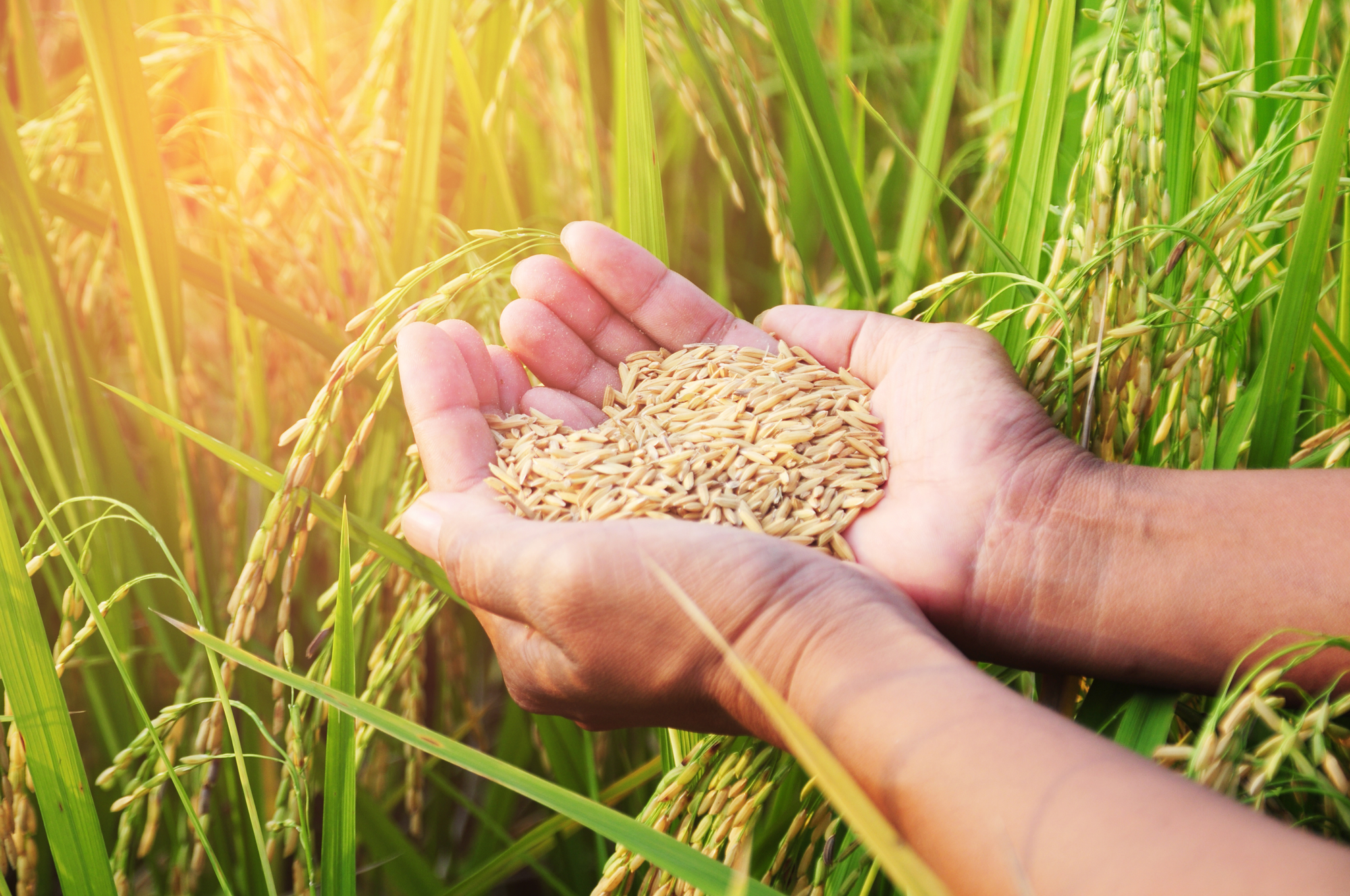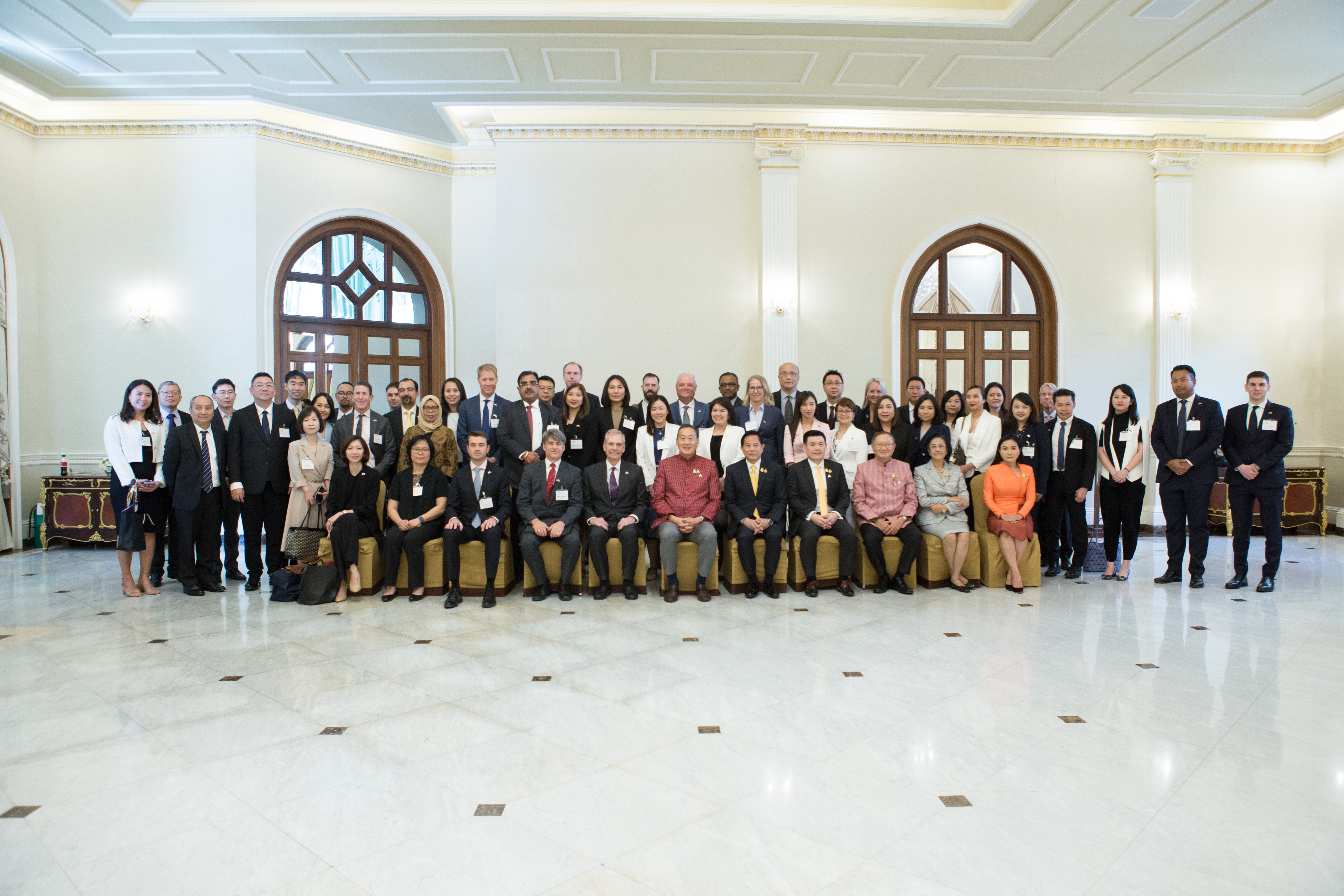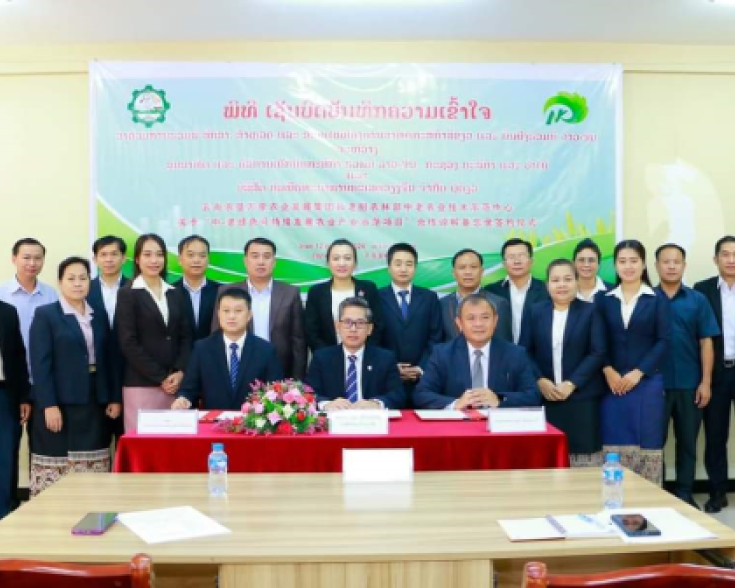Thai rice exports drop as the demand for supply eases

Thailand typically produces around 20 million tons of milled rice. Half of which is consumed domestically, and the remaining half is exported. However, there is a projected tightening on the export front, leading to an anticipated 15% decline in Thailand’s rice exports in 2024.
In 2023, Thai rice shipments reached a five-year peak of about 8.8 million tons, driven by a high demand from Indonesia. Conversely, in 2024, Indonesia’s initiative to boost rice production is expected to reduce its purchases from Thailand. The Commerce Ministry is set to engage in negotiation for the sale of 1 million tons of rice to Indonesia under government-to-government (G2G) deals.
Deputy Prime Minister and Minister of Commerce Phumtham Wechayachai has assigned the chief of Foreign Trade to lead a team in expanding rice trade through G2G agreements with Indonesia, following approval by the National Rice Policy Committee. Additionally, negotiations for rice sales with other countries, including the United States, Saudi Arabia, Africa, and Iran, are also in progress.
With India expected to maintain its export restrictions in place ahead of upcoming elections until April or May of 2024, Thai rice prices are anticipated to remain relatively high in the first half of the year. The Thai Rice Exporters Association projects Thailand to ship 7.5 million tons in 2024, and global rice prices could experience an immediate drop if India decides to reverse its course and lifts its export ban in the second half.
Global geopolitical tensions and adverse weather conditions have also disrupted the rice markets in Thailand. Additionally, the emergence of El Nino and its potential impact on key growing areas in Thailand has heightened supply concerns. Chookiat Ophaswongse, the Honorary President of the Thai Rice Exporters Association, notes that the baht’s volatility also renders rice prices uncompetitive.









